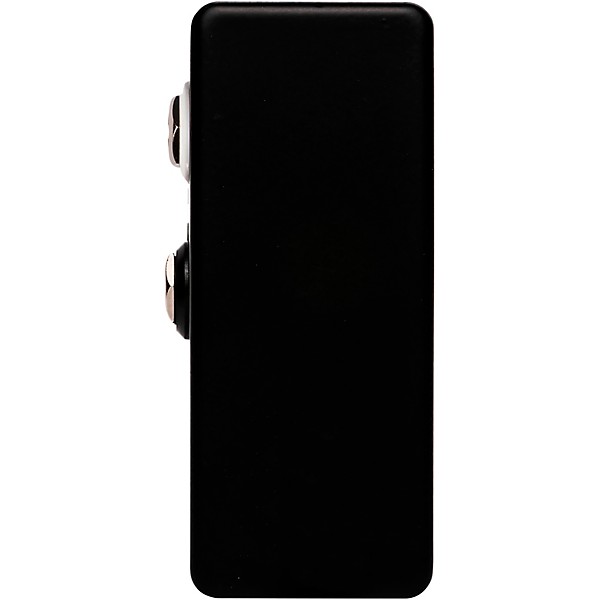TubeDigitalBoards
CopperSound Pedals Buffer Signal Stabilizer Black
(2)|Q&A|Item #:1500000384409 POS #:118431766
6-month special financing^ + $3 back in Rewards** Limited time Learn More
Protect your gearLearn more
Cover drops, spills or cracks with Pro Coverage
Need Help?
Description
The CopperSound Buffer signal stabilizer reinforces your guitar’s signal, maintaining your high frequencies and helping your tone battle the natural capacitance of your instrument cable. Built into a compact enclosure, the Buffer pedal takes up minimal space on a pedalboard. Given the low profile, it can easily fit underneath most boards, saving real estate for pedals that you’ll interact with. Drawing less than 5mA, the Buffer is equipped with an auxiliary power jack, allowing you to run power through it to another pedal.
At its core, a buffer’s job is to combat capacitance, a naturally occurring trait, specifically when using long stretches of cable. Your guitar’s high frequencies become attenuated as the signal travels over long distances of unbalanced instrument cable—when determining your needs for a buffer, you want to focus on your overall cable length. Cables under 18.5' typically don’t exhibit capacitance issues by themselves, but you’ll want to account for all cable between your guitar and amp, including patch cables on your board.
Buffer placement in your signal chain can also be a significant factor to consider. Notably, most fuzz pedals like to be as close to the unaffected guitar signal as possible. Placing buffers before fuzz will often yield a much different fuzz sound than what is typically produced.
At its core, a buffer’s job is to combat capacitance, a naturally occurring trait, specifically when using long stretches of cable. Your guitar’s high frequencies become attenuated as the signal travels over long distances of unbalanced instrument cable—when determining your needs for a buffer, you want to focus on your overall cable length. Cables under 18.5' typically don’t exhibit capacitance issues by themselves, but you’ll want to account for all cable between your guitar and amp, including patch cables on your board.
Buffer placement in your signal chain can also be a significant factor to consider. Notably, most fuzz pedals like to be as close to the unaffected guitar signal as possible. Placing buffers before fuzz will often yield a much different fuzz sound than what is typically produced.
Features
- Reinforces your guitar’s signal
- Maintains high frequencies
- Helps your tone battle the natural capacitance of your instrument cable
- Compact size
- Draws less than 5mA
- Equipped with an auxiliary power jack
Specs
- Courtesy 9V power output for another pedal or device
- 5mA consumption
- Standard 2.1 mm x 5.5 mm power supply
- In/out: 1/4 cable






